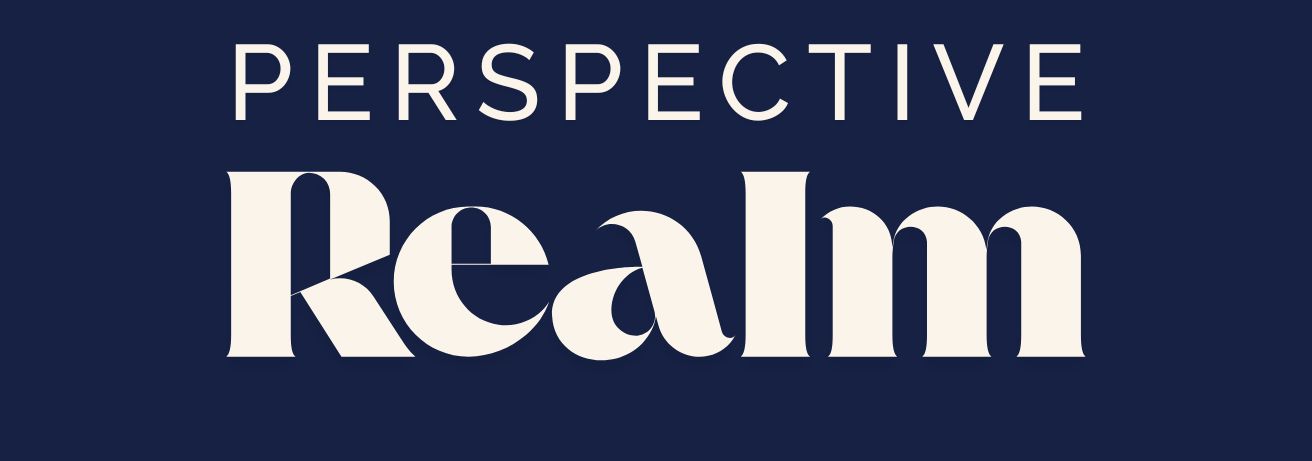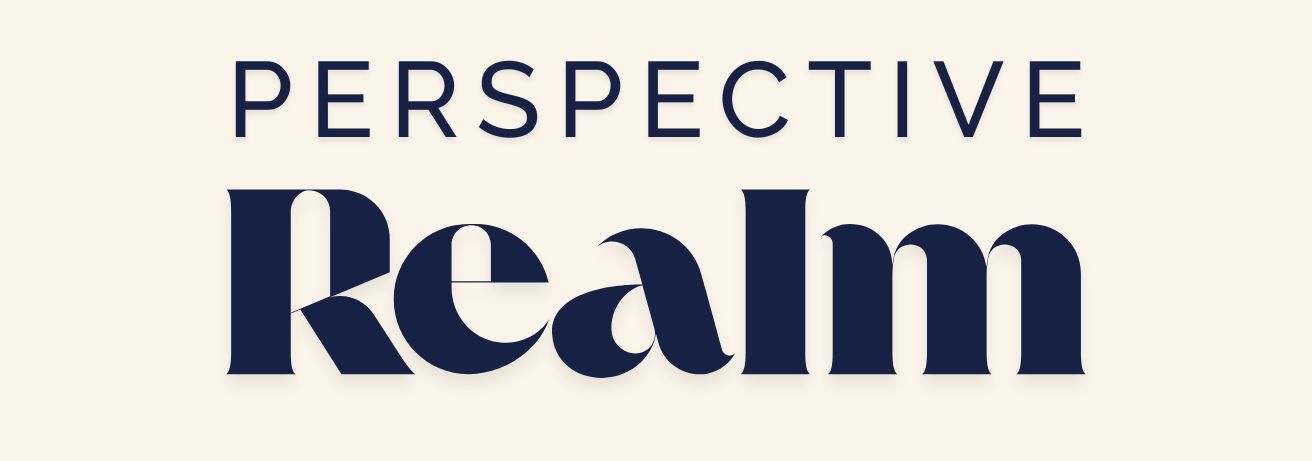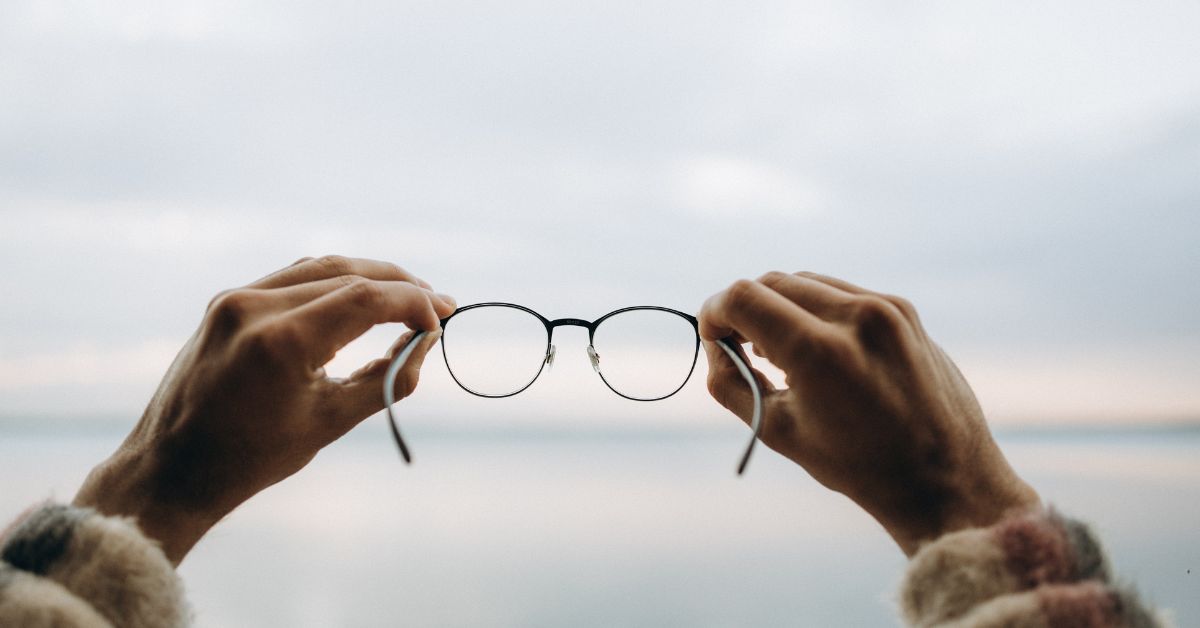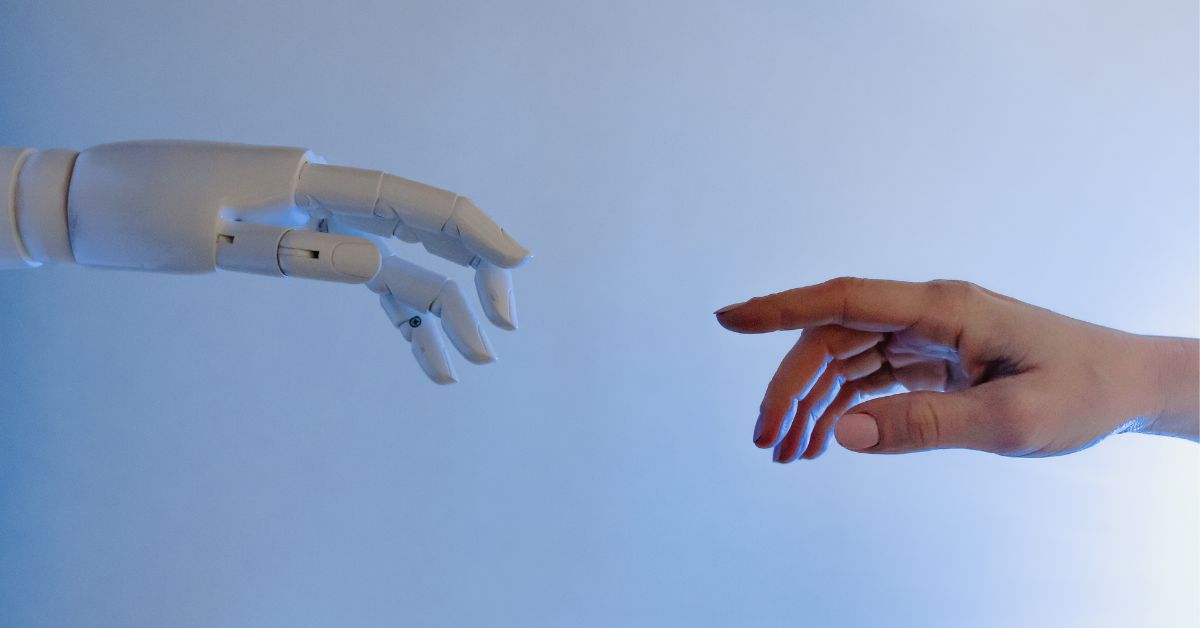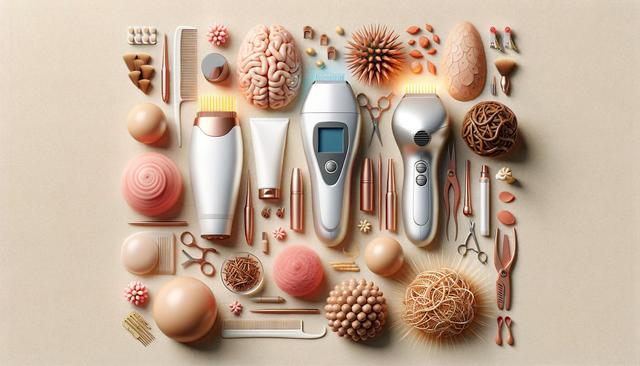Understanding Laser Hair Growth Therapy
Laser Hair Growth Therapy is a treatment method that uses specific wavelengths of light to stimulate hair follicles and encourage natural regrowth. It falls under a broader category known as low-level light therapy (LLLT), which includes cold laser therapy for hair. This non-surgical technique is designed to energize weakened follicles by improving blood flow and cellular activity. Over time, repeated exposure to low-level laser light may help thicken hair strands and reduce hair shedding in certain individuals.
The mechanism behind the therapy involves the absorption of photons by the scalp tissue, which can lead to enhanced cell metabolism and increased ATP production, a vital energy source for cellular functions. This biological reaction is believed to help hair follicles transition from a dormant phase (telogen) to a growth phase (anagen), resulting in visible changes in hair density over time. Although outcomes may vary, many users report that red light therapy hair growth results include improved hair texture and volume.
Types of Laser Devices for Home and Clinical Use
When exploring laser therapy for hair regrowth, individuals can choose between clinical treatments and at-home devices. Clinics may offer professional-grade lasers during in-office sessions, while personal devices allow for convenient use at home. Among the most popular options for home use are laser helmets for hair loss and handheld combs or caps that emit red LED light. These devices typically require regular use, often several times per week, to maintain potential benefits.
There are several forms of laser devices on the market, including:
- Laser helmets for hair loss: Provide full scalp coverage with built-in light-emitting diodes (LEDs).
- Laser caps: Lightweight and portable, often worn under a regular hat.
- Laser combs: Designed for targeted application with manual movement across the scalp.
Each device type may vary in terms of light intensity, number of lasers or LEDs, and session duration. While clinical-grade machines offer stronger output, many at-home models use red LED light therapy hair growth technology that can be effective when used consistently as directed.
Scientific Insights on Red Light Therapy for Hair
The scientific interest in red light therapy for hair growth has grown over the past decade, with studies examining its potential impact on both men and women experiencing pattern hair loss. Cold laser therapy for hair typically involves wavelengths ranging from 630 to 670 nanometers, which fall within the red and near-infrared spectrum. These wavelengths are thought to penetrate the scalp and stimulate mitochondrial function within hair follicle cells.
Research has indicated that consistent application of red light may lead to:
- Increased circulation in the scalp area
- Reduced inflammation that may inhibit hair growth
- Stimulation of follicle regeneration and activity
- Improved hair shaft quality and strength
While more long-term studies are needed to fully understand the extent of these benefits, early results have been encouraging. It’s important to note that response to therapy can be influenced by factors such as age, genetics, hormonal balance, and underlying medical conditions.
Integrating Laser Therapy Into a Hair Care Routine
Adding laser hair growth therapy to a hair care regimen can be a proactive step for individuals seeking non-invasive support for thinning hair. For optimal results, consistency is key. Most devices recommend usage between 15 to 30 minutes per session, several times a week. Users are advised to follow manufacturer guidelines carefully and combine the treatment with other healthy hair habits.
Supporting practices may include:
- Using gentle, sulfate-free shampoos
- Maintaining a balanced diet rich in vitamins and proteins
- Reducing heat and chemical exposure from styling tools
- Managing stress through relaxation techniques or regular exercise
While laser helmets for hair loss and other devices are generally well-tolerated, it’s advisable to consult a healthcare provider or dermatologist before starting treatment, especially for those with scalp sensitivities or underlying conditions. Laser therapy is typically most effective when used as part of a broader, holistic approach to hair health.
What to Expect and Setting Realistic Goals
Understanding expectations is essential when beginning any hair regrowth light therapy. Red light therapy hair growth results are usually not immediate; noticeable changes may take several months to appear, depending on individual response. Most users report seeing improvements in hair texture, reduced shedding, and increased density after consistent use over a 3 to 6-month period.
Patience and routine are crucial. While some individuals may experience visible improvements sooner, others may require longer treatment periods. It’s also important to recognize that laser therapy may help slow hair loss progression even if it does not fully restore lost hair volume. Combining red LED light therapy hair growth methods with lifestyle adjustments and topical treatments may enhance outcomes.
Those considering this therapy should also be aware of limitations. It may not be suitable for all types of hair loss, such as scarring alopecia or hair loss due to certain medical treatments. As with any cosmetic or health intervention, consulting a qualified professional can help determine whether this approach aligns with your specific hair goals and needs.
Conclusion: Is Laser Hair Growth Therapy Worth Considering?
Laser Hair Growth Therapy offers a non-invasive, drug-free option for individuals looking to support their hair health. Whether using cold laser therapy for hair at a clinic or opting for at-home solutions like laser helmets for hair loss, this method may provide gradual but meaningful results when used consistently and properly. While not a guaranteed solution for all, many users find that the inclusion of red LED light therapy hair growth devices in their routines contributes to healthier, fuller-looking hair over time.
For those exploring hair regrowth light options, it’s important to approach the process with realistic expectations and a commitment to long-term use. With growing interest and evolving technology, laser therapy continues to be a well-regarded tool in the broader strategy for managing hair thinning and supporting scalp health.
